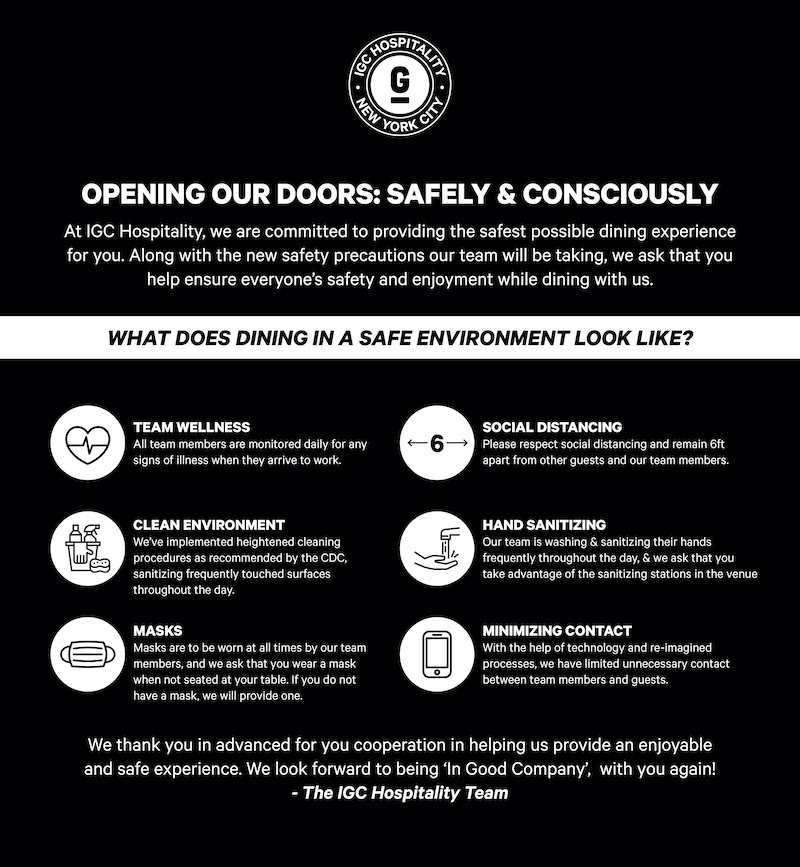The Negative Effects of Inadequate Ventilation on Health and Well-being
When thinking about indoor air pollution, it’s easy to overlook the insidious nature of dust accumulation and ventilation problems. These seemingly harmless issues can lead to a myriad of health risks, from respiratory issues to mold prevention challenges.
Ensuring proper ventilation in your home is crucial for maintaining home comfort and preventing the onset of serious health issues. Poor airflow can trap pollutants indoors, exacerbating respiratory problems and creating an environment ripe for mold growth.
By understanding the importance of ventilation and taking proactive steps to address ventilation problems, you can create a healthier living space for you and your loved ones. Don’t underestimate the impact of poor ventilation on your overall well-being – it’s time to take action for a healthier home environment.
The Hazards of Indoor Air Pollution
Indoor air pollution poses serious threats to home comfort and can lead to various health risks. Poor indoor air quality can contribute to respiratory issues, dust accumulation, and mold growth. Maintaining proper humidity control is essential to prevent indoor air pollution and ensure a healthy living environment.
To learn more about how to protect your indoor air quality and prevent indoor air pollution, visit https://aaronheat-ac.com.
Link Between Poor Ventilation and Respiratory Illnesses
Inadequate air circulation in indoor spaces can lead to a host of respiratory issues, such as coughing, wheezing, and shortness of breath. These symptoms are often caused by dust accumulation, mold growth, and increased humidity levels due to ventilation problems.
Exposure to these factors can pose serious health risks, especially for individuals with pre-existing conditions like asthma or allergies. Proper ventilation not only helps in mold prevention and dust control but also contributes to overall home comfort and well-being.
Strategies for Enhancing Home Air Quality
Improving the air quality in your living space is essential for maintaining home comfort and minimizing health risks associated with indoor air pollution. By addressing ventilation problems, controlling humidity levels, and preventing dust accumulation and mold growth, you can create a healthier environment for you and your family.
Effective Strategies:
- Ensure adequate ventilation by opening windows regularly to let fresh air in and allow stale air to escape.
- Use exhaust fans in bathrooms and kitchens to remove excess moisture and odors that can contribute to mold and mildew growth.
- Invest in a dehumidifier to control humidity levels, keeping them between 30-50% to prevent mold and dust mites.
- Regularly clean and dust surfaces to reduce allergens and irritants that can worsen respiratory illnesses.
- Keep indoor plants to help purify the air and improve overall air quality in your home.
- Consider using air purifiers with HEPA filters to capture and remove pollutants such as pet dander, pollen, and smoke.



